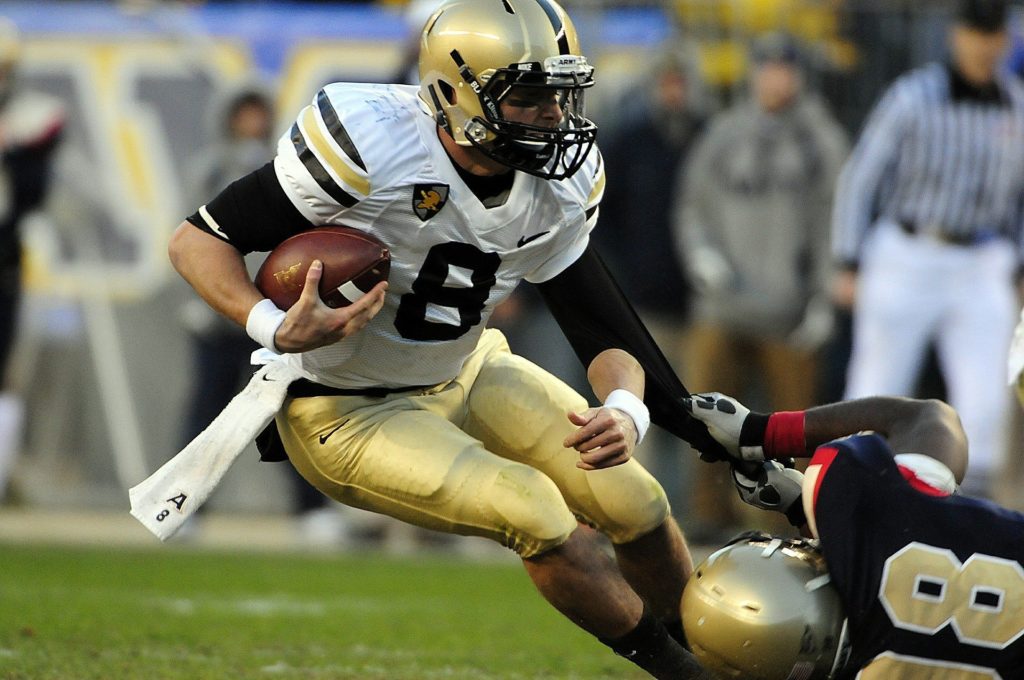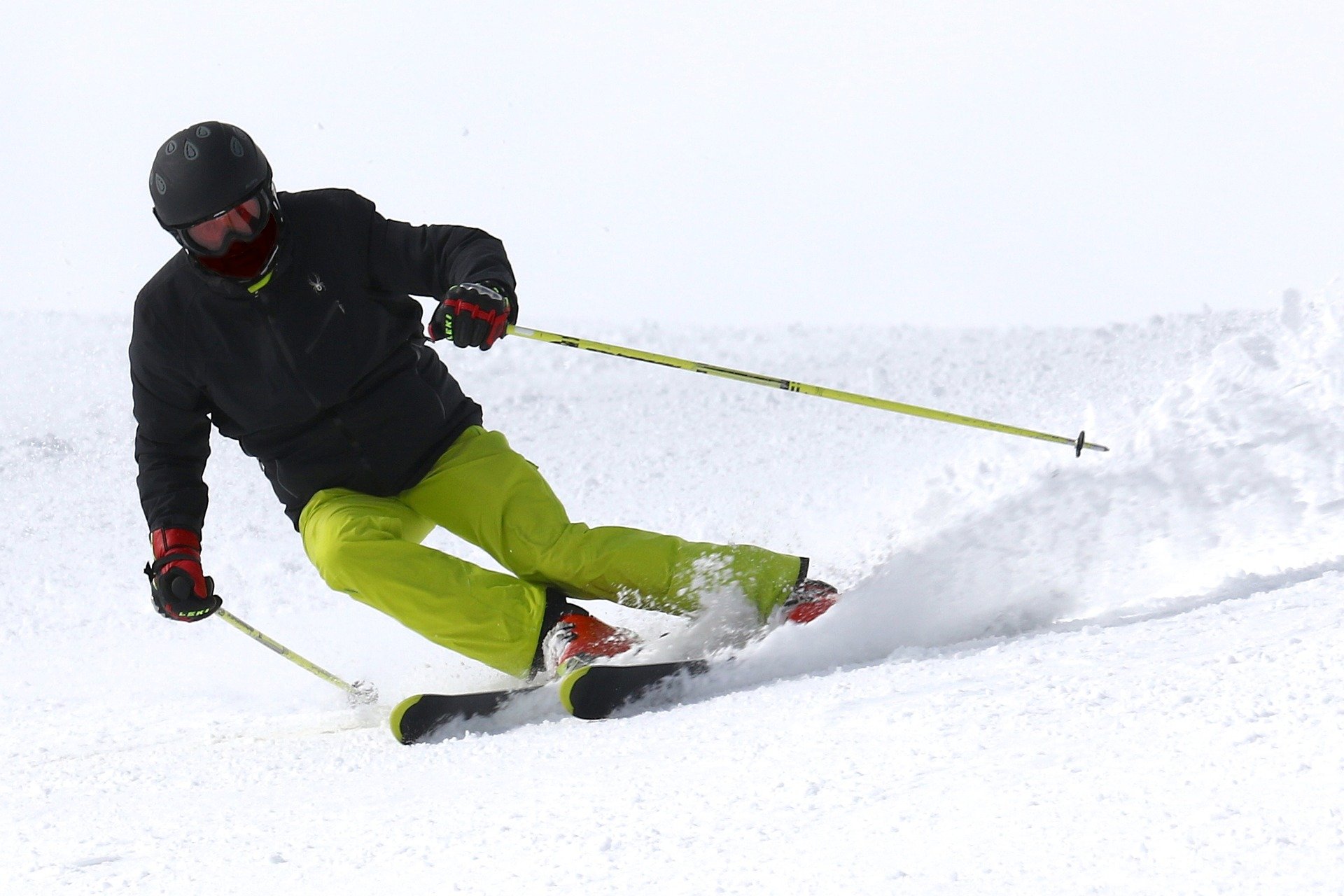
You may have more in common with football athletes than you think
By Maggie Hitchon and Dr. Ryan Williams
Watching elite athletes on screen or in person, it’s hard to imagine having much, if anything in common with them. The unfortunate reality is that you may have more in common than you think…when it comes to injuries.
Have you ever thought that you could suffer the same injury as an elite, highly trained NFL athlete? Take Rob Gronkowski of the Tampa Bay Buccaneers as an example. Standing 6’7” tall and weighing in at 265lbs, he has sustained multiple injuries over his years as an accomplished football player. Regardless of protective equipment, the force applied on the field makes football players prone to injuries pretty much anywhere on their bodies. Some say it’s just part of the job. And while many of us spend plenty of time and money trying to be more like the athletes we idolize, beware—copying their on-field injuries is all too easy.
Common injuries on and off the field
Both overuse injuries and traumatic injuries can occur on the football field. The top three most commonly injured joints in football include the ankle, the shoulder and the knee. These injuries can be as simple as a rolled ankle during a practice or as devastating as a dislocated shoulder during a game. They can also just as easily happen to average folk, even people who have never stepped foot on a playing field. They can happen in the workplace, in the backyard, or while out for a walk with the dog.
Ankle injuries
 The most common ankle injury is an ankle sprain. This is also known as a rolled ankle. Sprains occur when the foot twists, turns or rolls beyond its normal range of motion. This causes the ligament to stretch beyond its limit like an overstretched elastic band. The most commonly injured part is the anterior talofibular ligament or the ATFL for short. Ankle sprains can happen when you misstep while walking or running on uneven surfaces.
The most common ankle injury is an ankle sprain. This is also known as a rolled ankle. Sprains occur when the foot twists, turns or rolls beyond its normal range of motion. This causes the ligament to stretch beyond its limit like an overstretched elastic band. The most commonly injured part is the anterior talofibular ligament or the ATFL for short. Ankle sprains can happen when you misstep while walking or running on uneven surfaces.
What to look for: Pain, swelling, and bruising.
Diagnosis and Treatment: If you think you’ve injured your ankle, it is important to seek medical care from a trained healthcare professional. The mainstay of treatment for ligament sprains is Rest, Ice, Compression, and Elevation (Remember R.I.C.E.). When returning to sport, athletes often tape their ankles for increased stability. When you are watching the Super Bowl on Sunday, take a look at the athletes’ ankles. You’ll see something called spats taped around the outside of their cleats. This covering both keeps the cleats clean, and provides ankle support for the players.
Shoulder injuries
The two most commonly injured parts of the shoulder include the acromioclavicular (AC) joint and the labrum. The AC joint, which sits at the top of the shoulder, is usually injured from a direct blow to the shoulder, such as a tackle that throws a player to the ground. The labrum is a rubbery tissue that surrounds the shoulder socket to keep the ball of the joint in place. This is most commonly injured in linemen while they are blocking. Because the shoulder joint has a large range of motion, it is easily forced beyond its limits, making it prone to injury.
What to look for: Shoulder injuries can appear differently, but symptoms may include pain, stiffness, and limited movement. You are at risk for a shoulder injury if you do repetitive overhead movements or lift heavy weights regularly.
Diagnosis and Treatment: After assessment by a trained healthcare professional, X-ray and MRI imaging is often ordered to diagnose these types of shoulder injuries. Rest and therapy are the first steps for treatment. Sometimes surgery is required for the AC joint or labrum depending on the severity of the injury.

Knee injuries
Football players commonly injure their knees when they plant and twist to carry out a play, or when they’re tackled to the ground at the knee level. When ligaments of the knee are stretched beyond their limits they can tear partially or completely, depending on the amount of force applied. Commonly injured structures in the knee include the anterior cruciate ligament (ACL), the medial collateral ligament (MCL) and the meniscus. Knee injuries are common in contact sports, as well as skiing and trampoline. They may also occur with something as simple as an awkward twist when getting up from a chair.
What to look for: These types of injuries can cause pain in the knee and a feeling of instability. Some people describe hearing or feeling the tear when it happens.
Diagnosis and Treatment: After your initial assessment, ultrasound or MRI imaging is often used to determine which structure in the knee is affected. Remember your R.I.C.E. principles for treatment. After the initial pain has improved, therapy is a great way to regain strength and mobility in the injured knee.
Injury prevention
The first step in preventing these injuries is to avoid being tackled to the ground by large NFL football players. But in all seriousness, there are ways you can reduce your risk of injury.
• Exercise regularly
• Maintain proper posture
• Eat a healthy diet, and generally take good care of your body
Regular participation in strengthening exercises and stretching can help keep your bones, joints, and muscles stay strong in order to avoid the injuries mentioned above. If you think you’ve been injured, it is important to seek treatment from a trained healthcare professional early on. You know your favourite athletes would!
Maggie Hitchon is a physician assistant at Hamilton Health Sciences’ Regional Rehabilitation Centre. Dr. Ryan Williams is a physiatrist at Hamilton Health Sciences, and a member of the Hamilton Tiger-cats medical staff.
